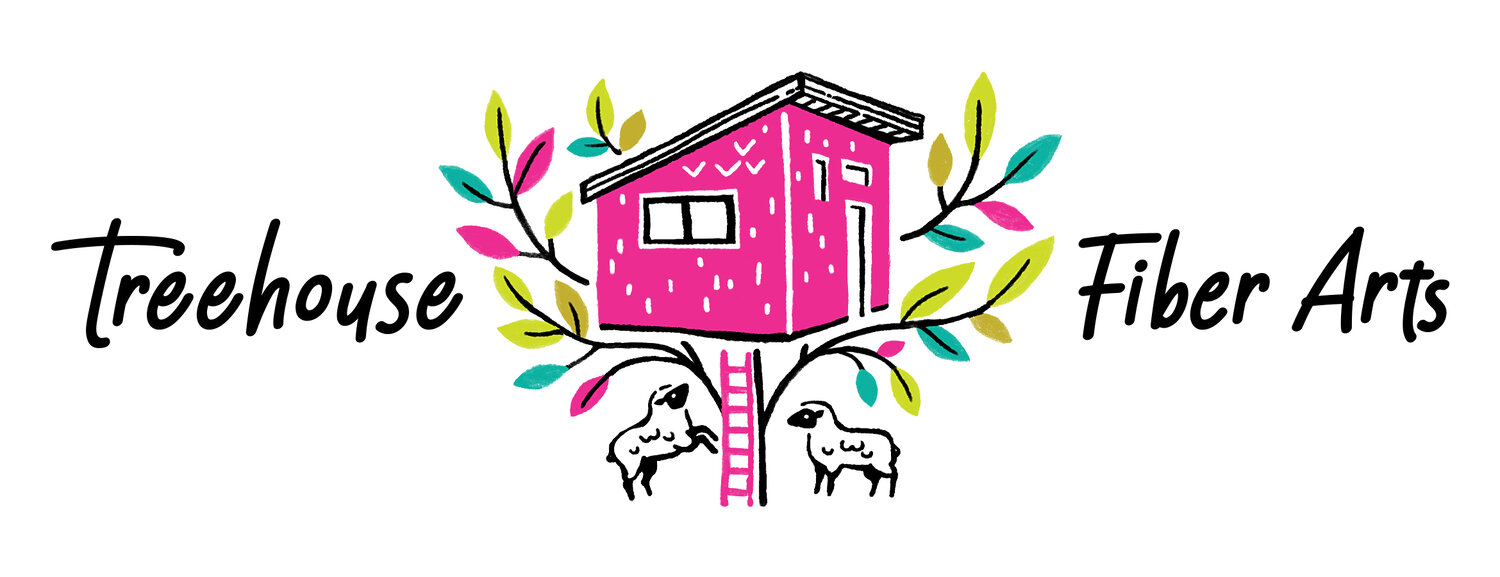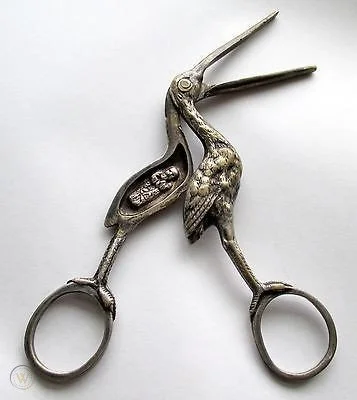Stork Scissors - Why the Stork?
Stork Scissors have been around for a very long time. I remember discovering my grandmother’s pair when I was younger and thinking they were very fun. When I started an online Needlework shop, I knew that I had to have stork scissors in my inventory.
As I was adding them to my shelves next to the other scissors I carry, a question popped into my head. Why storks on scissors? Why not giraffes, monkeys, crocodiles, or the mighty eagle? So I dug deeper.
Antique umbilical cord scissors
The National Museum of American History has uncovered a very specific pair of stork scissors, once belonging to midwife Rosa Bonfante from Sicily, Italy. The stork scissors, a part of her midwifery kit, were not actually scissors, but a clamp for the umbilical cord of the baby.
A Pair of Antique German Sewing Stork Scissors
A quick Google search led me to learn that originally, storks scissors were actually stork umbilical clamps, and part of the midwife’s toolkit in the 1700 and 1800s! Stork clamps (in folklore storks deliver the babies, remember!?) were used to tie off the umbilical cord. Some even had a baby that popped out when the clamp was opened. I am always fascinated by our need as humans to add our creativity to even the most mundane objects.
See the baby when you open the scissors?
So how did they get into our needlework? According to several sources, including the Smithsonian website, childbirth involved a lot of waiting, and when ladies wait, they sew. Because of this, midwives would often keep their birthing kit in their embroidery basket so they'd always have both on hand. Over time, the clamps began to change in shape and size, moving from the midwife side of the basket over to the embroidery side. Interesting, right? I bet you’ll never look at your stork scissors in the same way again.
If you have an antique pair of stork scissors, I would love to hear. Drop me a comment below and share their story.




